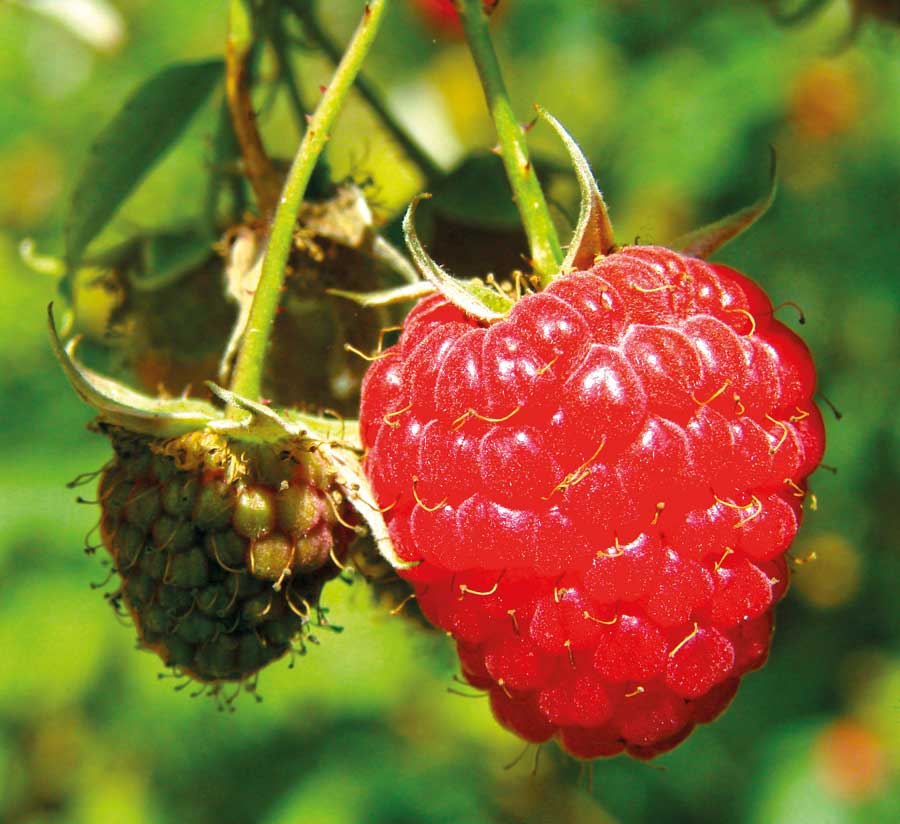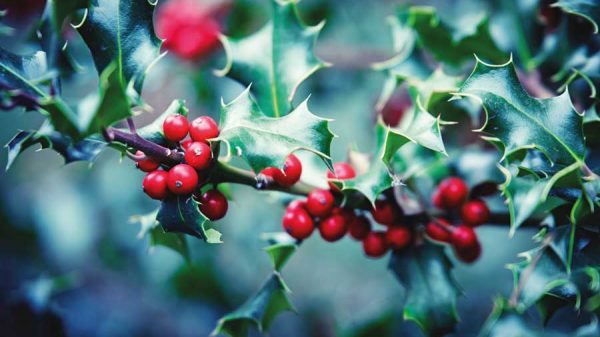April heralds the main display period for tulips and whilst many of the cultivars do not reliably naturalise, they are a welcome splash of colour and especially good for container displays. If you combine planting with spring bedding such as wallflowers then remove the flower heads as they fade and give the whole container a feed of blood fish and bone. This will give you the best chance of building up energy in the bulbs which may then flower again next year.
In my early years as an apprentice we used to sow hardy annuals in a prepared bed, cultivating and raking to produce a surface that is fine enough to sow seeds. We would mark out a pattern on the bed with sand and sow different hardy annuals in sections to create a patchwork of colour and texture. Fashions in gardening change and more often today we are encouraged to grow hardy annuals in plug trays and plant them amongst and in the gaps of our mixed borders. It is a great way of introducing a different texture and colour which can be varied each year to add interest and change. The term hardy annual means that you could sow them direct into the borders providing you prepare the soil adequately. This is sometimes difficult between established plants and seedlings sown direct are also fair game for marauding molluscs (slugs and snails). As all seed is quite expensive I prefer to start my hardy annuals off in plug trays, fill with a good general purpose compost, and place a pinch of seed, or if big enough single sow each cell, cover with a sprinkling of compost and place in a sheltered spot, on the patio, in a cold frame or a cold greenhouse if you have one. If you fancy sowing a traditional hardy annual bed or border then prepare the soil well, it needs to be as fine as a bag of compost otherwise the seed falls down between the big lumps of soil never to be seen again. Choose a mild dry day and mark out a pattern with a stick or using dry river sand. Either broadcast or sow in shallow drills raking over the surface lightly to bury the seed. as the seeds germinate keep an eye out for slugs and pigeons as both find young seedlings irresistible. There are wildlife safe slug pellets or you can try biological control (nematode) watered in to the soil. For pigeons a temporary net positioned about 15cms (6 inches) above the soil will protect the seedlings until they are established.
For the plug plants wait until the roots are emerging from the drainage hole and gently squeeze a plug out to check it has a good root system. Plant in groups of three, five or seven in and amongst your borders. Water after planting and feed from late May through to mid August and if you have the time remove fading flowers as this will prolong displays. Current trends are to create a naturalistic feel to borders and the following suggestions will add a light airy texture or vibrant colour to mixed borders.
Try, Ami majus, (a white cow parsley like flower) Calendula, ‘Sunset Buff’ (pale apricot flushed red English marigold), Centaurea cyanus ‘Black Ball’ (deep burgundy cornflower), Corn Poppy, ‘Mother of Pearl’ (mixed single and double flowers pink, white, red and silver), Californian Poppy (bright orange flowers blue green foliage), Bupleurum rotundifolium ‘Griffithii’ (acid green foliage and flowers).

There is nothing quite like a bowl of freshly picked soft fruit and whilst the most popular may be strawberries, with a little effort, you could enjoy home grown raspberries, blackcurrants, gooseberries and blueberries. The trick as with all plants is to research their needs. For example most will grow in acid or alkaline soils where as blueberries will only grow in acid soil. The two key things for success is water and feed. Once the fruit is set ( after the flowers fade) it is essential to keep the plants well watered as this will ensure the fruit swells. Feeding in spring with a balanced general fertiliser will get your plants off to a good start and the occasional feed throughout the season will help maintain good growth and a healthy plant.
If you are short of space and time why not try just a few salad leaves in pots to add a freshness to sandwiches and that home grown taste to salads. I often pot up my spare lettuce plants into 1 litre ( 5 inch) pots and grow them on an outside windowsill. If you choose leafy cultivars then you can remove the outer leaves as they develop to give a steady supply rather than using the whole plant, three or four plants can keep you going for a good few weeks as the plant will continue to grow and produce more leaves.
Next Month, plants to divide this month, start staking perennials and keep an eye out for pests.







